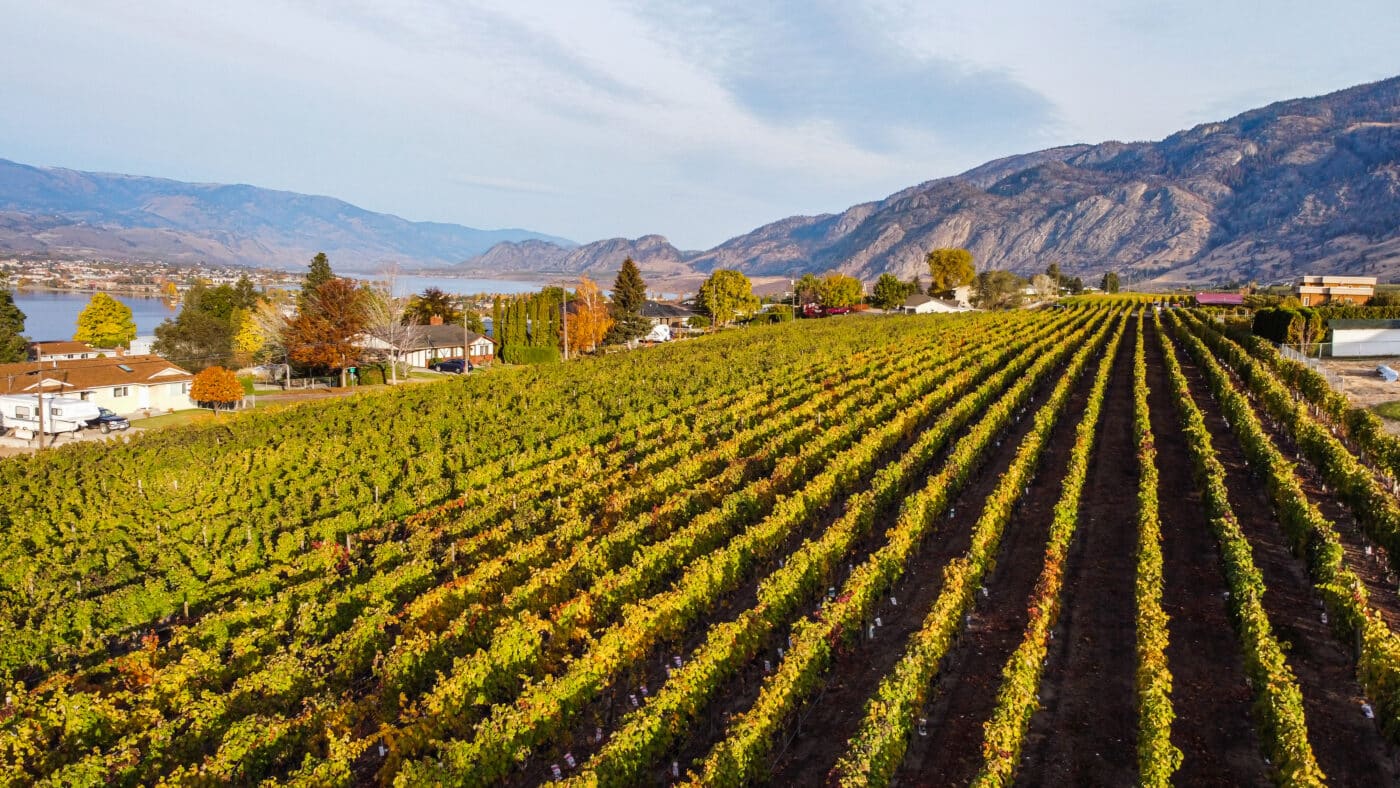Introduction
Every bottle of wine weaves a tale of nature’s rhythm and human craftsmanship, encapsulating a year’s journey in a vineyard. Viticulture, the cultivation, and harvesting of grapes, is a beautiful symphony of growth and transformation. Join us as we walk through the grape growing cycle, from the initial bud break to the exciting harvest and beyond.
The Annual Grape Growing Cycle: A Seasonal Symphony
Spring: Bud Break and Flowering
As spring breathes life into the vineyards, the dormant vines awaken in an event known as bud break. This phase of grape growing begins when temperatures consistently stay above 10°C (50°F), causing the vine buds to burst open, revealing tiny leaves that will fuel growth throughout the season.
A few weeks after bud break, flowering begins. Small, fragrant blossoms emerge from the buds, which are then pollinated and fertilized, often by the wind, to produce a small green fruit – the precursor to our beloved grape.
Summer: Fruit Set and Veraison
The summer sun warms the vineyards, leading to the fruit set stage of grape growing. The pollinated flowers drop their petals and tiny clusters of grapes start to form. It’s a critical period as poor weather can lead to uneven fruit set and impact the overall harvest.
As the summer progresses, the vines reach the veraison stage, marking the onset of ripening. The grapes begin to change color, red for red varietals and a golden hue for white. They also grow in size and start to develop the complex flavors and aromas that will define the wine.
Autumn: Harvest and Crush
Autumn is a season of anticipation and excitement as it brings the long-awaited harvest stage of grape growing. The winemaker’s skill is paramount in deciding the perfect time to pick the grapes, balancing sugar levels, acidity, and flavor development.
After harvesting, the grapes undergo crushing to release their juice. This juice is then fermented, where the natural sugars are converted into alcohol by yeast, laying the groundwork for the wine we enjoy.
Winter: Dormancy and Pruning
After the flurry of the harvest, the vine enters a period of dormancy during winter. It’s a time of rest and rejuvenation, as the vine prepares for another year of growth. Pruning takes place during this period to control the vine’s growth for the upcoming season.
Viticulture: A Meticulous Art and Science
Viticulture goes beyond the annual growing cycle. It also involves meticulous vineyard management practices. From selecting the grape varietals best suited for the local climate and soil (terroir), to managing diseases and pests, every decision plays a crucial role in the quality of wine produced.
In recent years, sustainable and biodynamic viticulture practices have been gaining momentum. These techniques aim to protect the environment, maintain long-term soil health, and produce high-quality grapes with minimal intervention.
Conclusion
A deep understanding of the grape growing cycle and viticulture enhances our appreciation for every sip of wine we take. It’s a yearly narrative of growth, transformation, and the tireless dedication of vine growers and winemakers. So, the next time you uncork a bottle of your favorite wine, remember the beautiful journey it represents – from the vine to your glass.
Click here to learn more about our vineyards at Vasanti Estate Winery.
References:
- The Annual Cycle of the Grapevine – UC Davis: https://winegrapes.ucdavis.edu/winegrape_cycle/
- Viticulture: The Steps in Growing Grapes for Wine – Wine Enthusiast: https://www.winemag.com/2015/08/25/how-to-grow-wine-grapes/
- Sustainable Viticulture – Wine Folly: https://winefolly.com/deep-dive/what-is-sustainable-wine/
- The Effect of Climate on Grape Ripening – The Australian Wine Research Institute: https://www.awri.com.au/industry_support/viticulture/climate/


